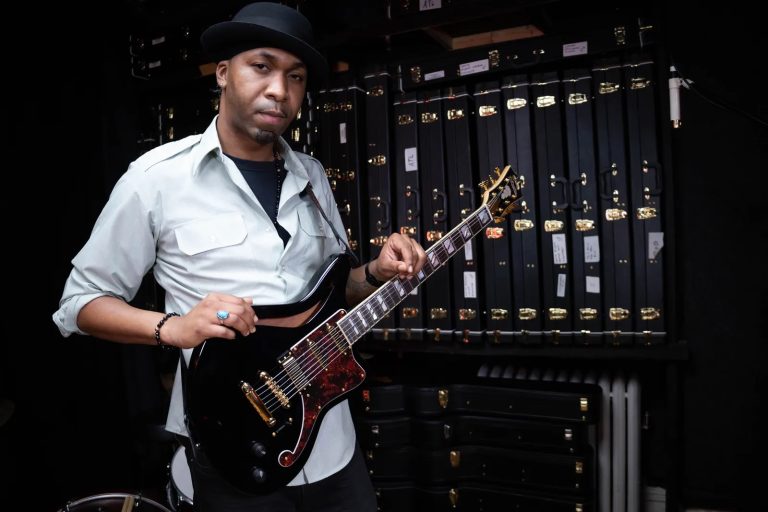I have a friend who will, every once in a while, write and mail me a heartfelt letter as a meaningful reminder of how much our friendship means to her, even though she lives about 7 minutes away from me and we text each other on the daily. Although I hear from her every day, I cherish each word in every letter she sends because, let’s be honest, who really ever gets mail like that anymore? I know she took the time to carefully select her words, write them out in her perfectly linear handwriting, sealed it with love, and brought herself to the post office to mail it out for me. And I believe what she tells me because of how she communicates this message to me- with patience and grace.
The COVID-19 pandemic has brought to light a lot of life lessons, but one that has been in the forefront of my mind most recently is how to effectively communicate with others so that whatever message it is that I’m trying to convey is received as clearly as possible. These days, I’m working on communicating more and talking less (key phrase being working on).
Many of our exchanges are done verbally through speaking, and learning to speak with conviction, confidence, and ease is a valuable skill to have, but let me note that there can be a difference between talking versus communicating.
What’s the Difference?
While both have a common goal, the difference between talking and communicating is that talking works only sometimes while communicating is taking your message and intentions to the next level. Keep in mind that just because a person can talk doesn’t mean they can communicate.
Have you ever told somebody a story or took them through what you did with your day, but it was clear that they were only hearing you, not listening to you? Same concept when it comes to talking versus communicating.
Sometimes, talking can be more like simple chatter. For example, going into work you might see a co-worker and say a friendly “hello, how are you?” Maybe you’re on autopilot and are so used to uttering those same four words at the office every Monday-Friday morning that you really think nothing of it. You don’t even wait for a response. You just keep walking to your desk.
Do not be mistaken. There is nothing wrong with this kind of exchange. The intention behind it is innocent enough. In fact, if you have a voice, feel free to use it and be grateful that you can! Just be careful about when and where and how you use it.
But communicating is more in-depth as there is probably a more mindful approach behind the communication.
Things to Consider for Effective Communication
Like so many others, anxiety is something I’m rather familiar with. Through lots and lots of yoga training (500 hours of training to be exact) as well as psychology courses, I’ve picked up a few useful tools to use when the anxiety kicks in. But when my anxiety becomes a bit too overwhelming and I don’t give myself the time and space to just sit and breath and work it out in a healthy, mindful way, I can make some silly decisions without thinking through the consequences (examples include loading up an online shopping cart to buy things I really don’t need with money I really don’t have, texting an ex, and posting to/using social media like a madwoman until I’ve completely torn myself apart by comparing myself to other girls who appear as though they have it all together. I’ve been known to spiral and take action on impulse and then I regret it and need to learn to forgive myself all over again.
I know myself well enough to know that even attempting to have an important exchange with somebody when I’m in a headspace such as this would not be ideal. I’d most likely be coming from a place of fear and panic rather than from a place of composure and clarity.
The Coronavirus has given me the time and space to observe myself and practice patience. I’m certainly not perfect but I’ve learned how to pick up on personal ques that tell me if I should, or should not, have a significant transfer of words whether they be spoken or written.
Plus, when I feel really good about how I’ve shared my message, it’s easier to let go of the fear of how the other(s) will receive it.
Final Thoughts
Healthy communication also involves active listening! When others believe you are receiving their message, it is much more likely that they will be more open to receiving yours!
**

Victoria (Torrie) Diamond recently earned her master’s degree in Journalism through Emerson College and is blessed to be able to contribute to the BostonMan Magazine community. The Diamond Cut is aimed to help spread positive messages, stories of inspiration, and inform the Boston/New England community with anything and everything that may concern their all-around well being. You can find more from Torrie on Facebook and Instagram @victoriaashleydiamond.











